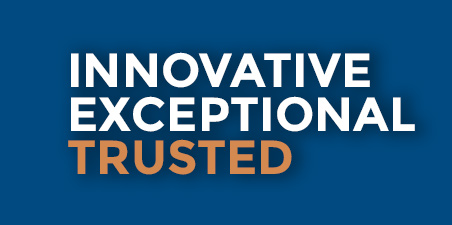According to the non-for-profit organization, LINCS (Long Island Network of Community Services), “a career pathway approach reorients existing education and workforce services from a myriad of disconnected programs to a coordinated structure that focuses on the individuals in need of education and training and corresponding career paths.
This approach also provides clear transitions, strong supports, and other elements critical to the success of participants. It is not simply a new model; it is a new way of doing business—for education and training institutions, employers, students, community organizations, agency staff, and policymakers.”
LINCS has reported that in the Summer of 2013, “CLASP (Center for Law and Social Policy) launched the Alliance for Quality Career Pathways, a two-year, [10] state-driven…effort to identify (1) criteria for high-quality career pathway systems and (2) a set of shared performance metrics for measuring and managing their success.
The Alliance recognizes that there are many different types of career pathways for different types of students and workers, and a comprehensive career pathway system provides an inclusive umbrella for all of them. The Alliance’s niche in this broad vision is to develop a framework for career pathways focusing on educationally underprepared youth and adults.”
Endorsed in the Workforce Innovation Opportunity Act, the career-pathway workforce development model holds great promise for low-income/low-skilled jobseekers in accessing not only employment, but education and training opportunities, as evidenced by the Healthcare Pathways Opportunity Grant program, which is demonstrating how career pathways help individuals gain postsecondary credentials essential for jobs in health-related fields.
HPOG’s Year Three Annual Report “highlights the success to date of HPOG career Pathways programs in educating and training low-income, lower-skilled adults for health professions”, and “lays the groundwork for future reports that will analyze the impact of the programs.”
KRA Corporation’s workforce services programs across the country have heartily embraced the ground-breaking advances facilitated by the CLASP Alliance, whose recent report Shared Vision, Strong Systems describes “a framework of criteria and indicators that define quality career pathways systems, as well as a set of shared performance metrics for measuring and managing their success.”


 Dr. Boone’s 20+ years’ experience in the industry is extensive and her expertise in private-, public-, and non-profit sector workforce-services organizations is unparalleled, particularly in the Baltimore–Washington Metropolitan area.
Dr. Boone’s 20+ years’ experience in the industry is extensive and her expertise in private-, public-, and non-profit sector workforce-services organizations is unparalleled, particularly in the Baltimore–Washington Metropolitan area.






















